How to taste whisky?

The history of whisky
Although the question, how to taste whisky, is something people often seek answers to, it’s worth taking a moment to explore the history of this exceptional spirit before diving in. Whisky is surrounded by countless legends and stories. One of the most famous and widespread is about its origins. Whisky is often considered a “Scottish invention,” but this claim may be unfair to the Irish, who were the first to produce a drink with similar taste and production qualities as early as the 7th century. Back then, inspired by the idea of following the “water of life” brought to Ireland by St. Patrick, poor monks created a unique-tasting beverage, which at that time was made solely by distilling fermented fruit juices.
Interestingly, the resulting spirit was used at the time to treat injuries and alleviate various ailments. Its Latin name was aqua vitae, which literally meant “water of life.” For this reason, in the 7th century it was believed to possess extraordinary life-extending properties. St. Patrick discovered the art of distillation in France and brought it to Ireland. However, the history of whisky dates back thousands of years and has roots in many countries around the world.
A bit about distillation
It is believed that the origins of whisky production date back to ancient times, when the Arabs discovered that distilling wine could result in a stronger beverage. In Scotland, distillation became more popular in the 16th century, as whisky was produced by farmers and innkeepers. In America, the distillation of spirits began in the 18th century, which led to the spread of whisky there as well. Bourbon is a type of whisky known worldwide, produced in the United States. Interestingly, it must meet specific requirements, such as being made from at least 51% corn and, as with all whiskies, being aged in oak barrels.
Today, whisky is produced in many countries around the world, such as Scotland, Ireland, the USA, Japan, and Canada. Importantly, each region has its own traditions and methods of whisky production, which means that every batch of the drink has its own unique flavor and character.

The history of whisky tasting
The history of whisky tasting is as old as the history of whisky itself. The first whisky tastings were probably carried out by Irish monks in the Middle Ages, who distilled water from barley and other grains. As whisky production developed and various types of the spirit emerged, people began to appreciate more and more the differences in taste and aroma between them.
As whisky culture has evolved, tasting it has become a more formal affair. Specially organized whisky tasting presentations are becoming increasingly common. Many venues offer lessons on how to properly explore the flavors of this spirit. Today, whisky tasting is an important part of the world for those who appreciate the unique taste experiences of alcohol.
How to Taste Whisky? — A Unique Whisky Tasting Experience
Although there are many schools of whisky tasting, it’s worth following a few basic steps:
1. Choose the right glass —the best choice is a tulip-shaped or glencairn glass. The “old fashion” glass is also commonly used for whisky tasting, but it’s not specifically designed for whisky; it’s more suited for old-fashioned cocktails and other mixed drinks that include whisky. Tulip glasses are designed to allow aromas to flow freely and concentrate around the nose.
2. Take a look at the whisky — observing the whisky allows you to notice its color, which can indicate the age of the spirit, the type of cask it was matured in, or the distillation process. Interestingly, whisky becomes darker as it ages. Sometimes, whisky darkens due to extended finishing in certain wine casks. However, nowadays more and more producers add caramel to achieve a uniform color, which means that analyzing the color is not always a reliable way to assess the quality of whisky.
3. Smell it — The aroma of whisky can tell you a lot about it. As you bring the glass closer, notice scents like grain, peat, oak, and honey. Depending on the type of whisky and its production process, you may also detect fruity, malty, spicy, smoky, or herbal notes.
4. Try it — It might seem that this is the most important stage of whisky tasting. The flavor of whisky can be incredibly diverse, depending on its type, region of production, distillation process, and aging method. Similar tasting experiences can be discovered when sampling wine.
5. Assess the overall mouthfeel — Even a small sip of whisky reveals its texture and the sensation it leaves behind. During tasting, pay attention to whether the whisky feels thick or light. Try to notice the mouthfeel, such as sharpness or honey-like smoothness. Also, as you swallow, observe the aftertaste it leaves.
Whisky flavor notes – how to taste whisky
Whisky can contain a variety of flavor notes, such as:
Malty — sweet, grainy, oaty, honeyed
Fruity — citrus, apple, apricot
Spicy — peppery, cinnamon, anise
Smoky — peaty, smoked
Vanilla — coconut, creamy
Nutty — almond
Cocoa — chocolate, coffee.
The question of how to taste whisky sparks a lot of curiosity and interest among people. It’s a process that involves carefully examining and discovering various flavors, aromas, and sensations on the palate.
If you’ve conducted your whisky tasting properly, you’ll have no trouble answering the question, do the flavor, color, aroma, and texture harmonize with each other? However, keep in mind that everyone may have their own preferences and tastes when it comes to whisky.
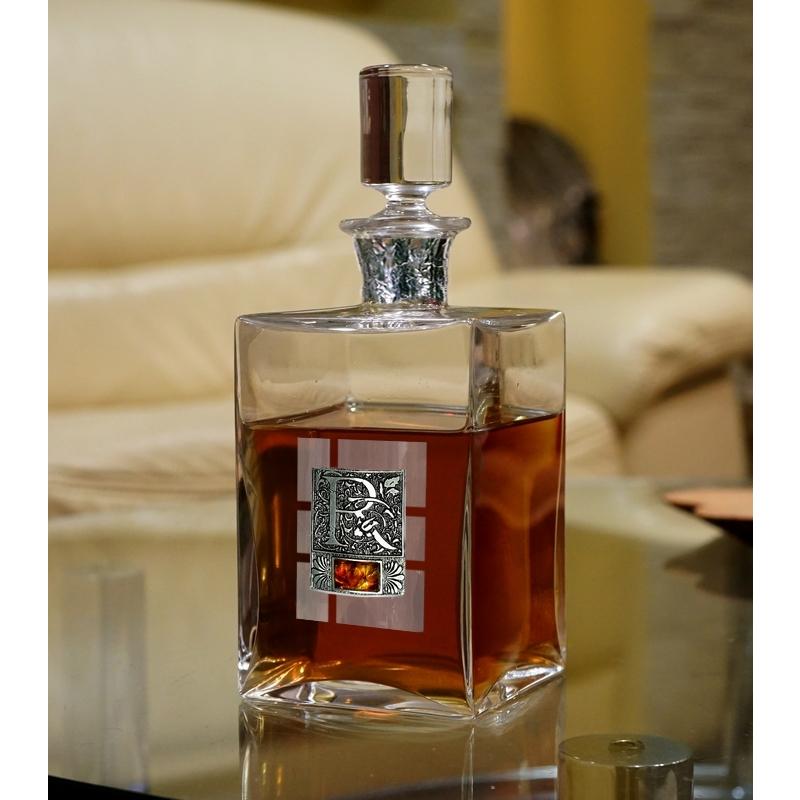
What to avoid during whisky tasting
Whisky tasting should be enveloped in calm and the celebration of the moment. It’s important for the process to be slow, allowing you to fully appreciate the depth of flavor and aroma. When carefully examining the taste of the spirit, it’s best to avoid ice, as it can dilute the whisky and disrupt its true structure. The next step is to sip the drink slowly, letting each aroma linger on your palate. Additionally, before the tasting itself, it’s a good idea to refrain from eating spicy foods, as they may affect your sense of taste and smell. Remember, this should be a moment of pleasure, where complete immersion in the unique aromatic notes truly matters.
A gift for a true whisky connoisseur
Whisky is a unique alcoholic beverage that has inspired admiration and fascination for centuries. Once used solely as the “water of life” believed to cure severe skin conditions, today it is a prized drink enjoyed around the globe. People are captivated by whisky’s distinctive flavor, which often awakens long-forgotten emotions. If you know someone close to you who is a true whisky connoisseur and well-versed in the art of tasting, a special, luxurious glass can make a perfect gift. High-quality glassware enhances the experience of a professional tasting. An elegant decanter is also an excellent gift idea for any whisky lover. Whether made of glass or crystal, it impresses with its exceptional beauty and craftsmanship.
When searching for top-quality items defined by luxury and elegance, it’s worth drawing inspiration from the extensive range at Luxury Products. Here, luxury manufacturers from around the world have been brought together. A true whisky connoisseur pays attention to even the smallest details in the taste and aroma of their favorite spirit. That’s why a gift for them must be just as exceptional. An elegant present, crafted with outstanding precision and a remarkable appearance, can be a great choice for your boss, brother, or husband. Luxury Product offers many high-quality options for a truly special gift.
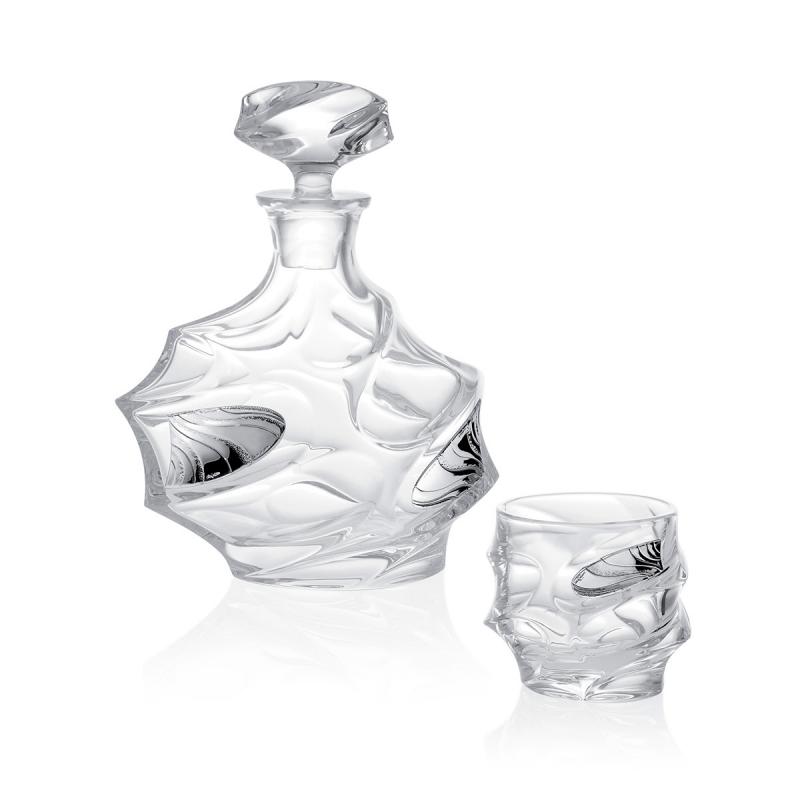
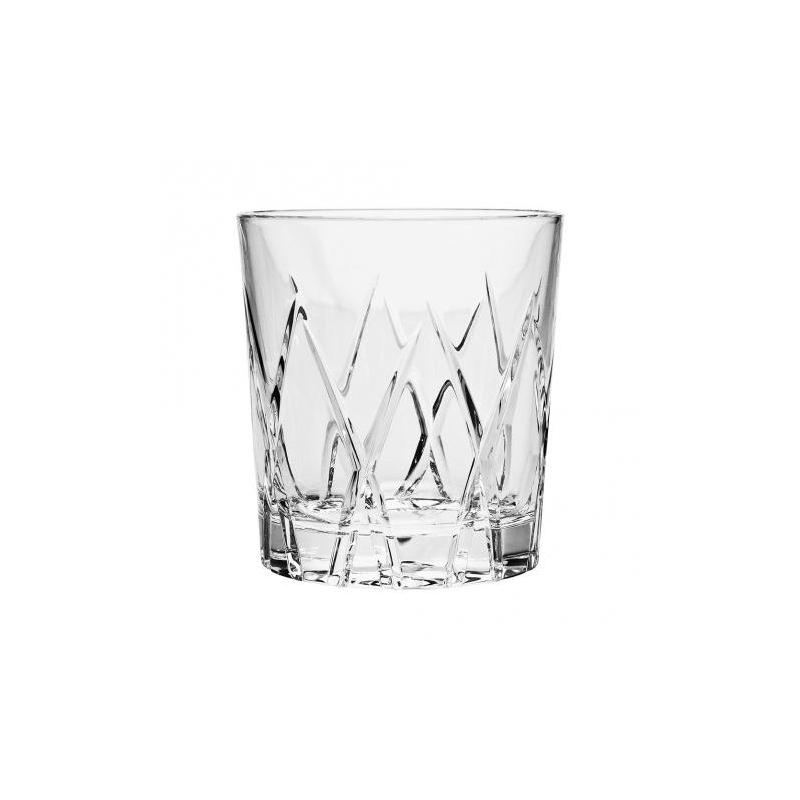
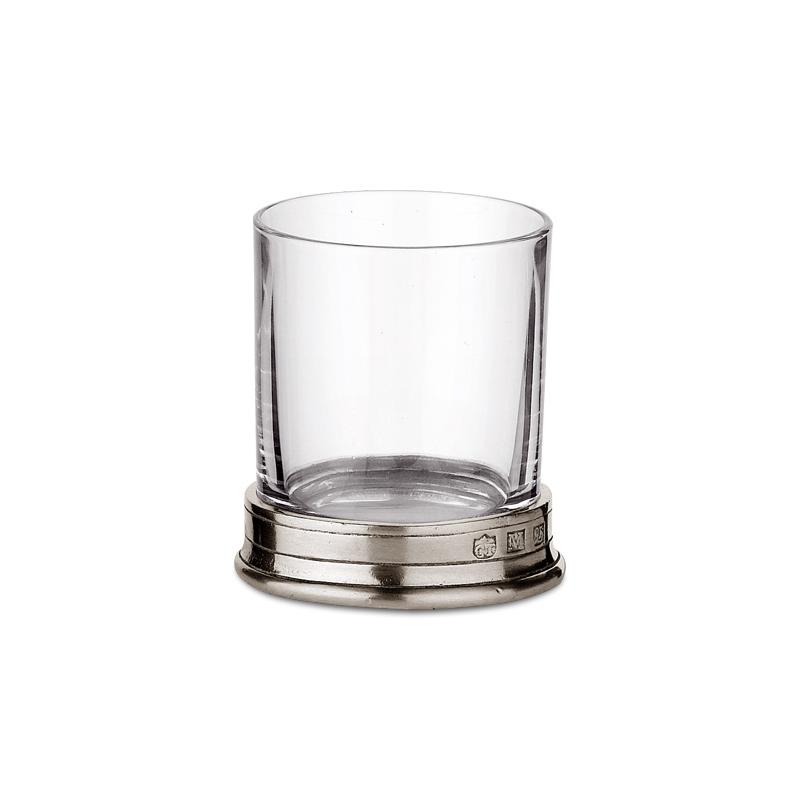
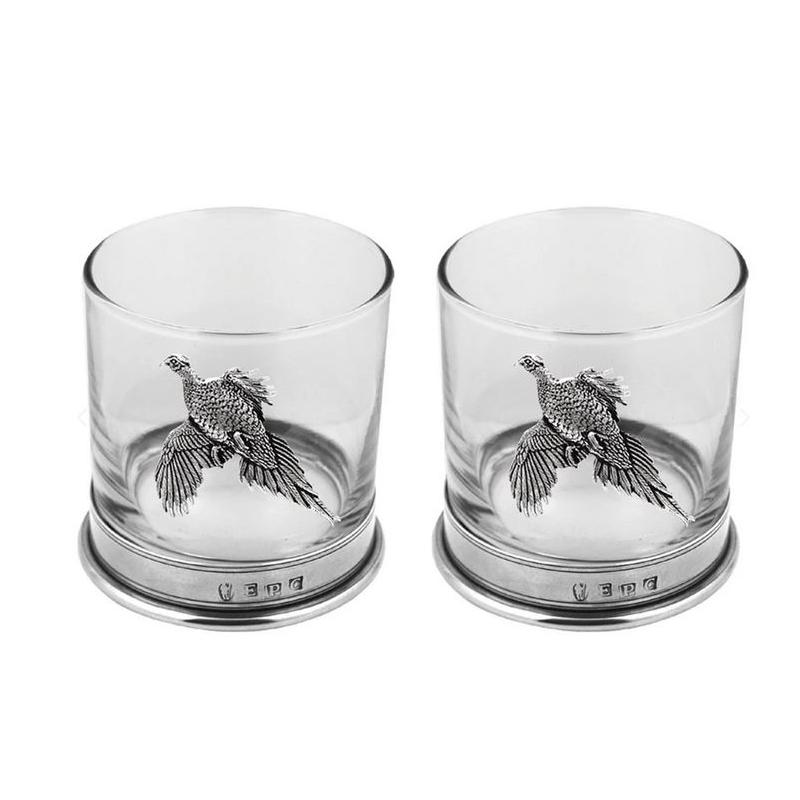


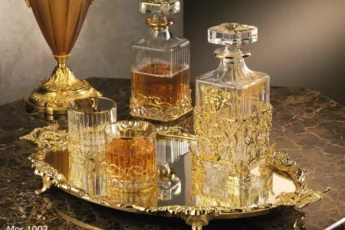





Leave a Comment